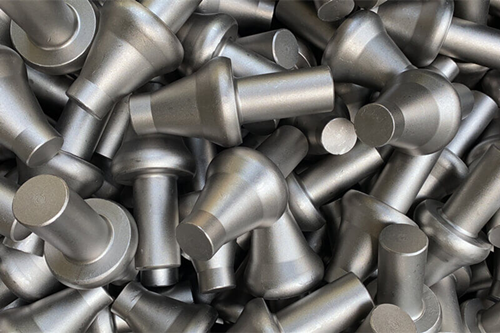The gear forging process is not as complex as most people think. There are a lot of developments that go into this process, but the process is quite seamless. In fact, the process is quite simple and straightforward. In this article, we are looking at the process and all the requirements. Below are 4 steps:
Gear Design and Material Selection
This step includes the considerations involved in gear design and the significance of material selection to achieve optimal performance in forged gears. Selecting the right material is key to getting the right gear.
Pre-forging Preparation
The pre-forging preparation step includes material preparation, heating and conditioning, and die preparation. It also includes the lubrication of the billet before the forging process starts. This is where the billet is prepared for the striking stage.
The Forging Process
This step involves the actual forging process. The step includes billet heating, die preheating, billet placement, deformation, die striking, flash formation, trimming, and finishing. This is where the actual forging is done.
Post-forging Treatment
Here, the article discusses the post-forging treatment procedures, including heat treatment, machining, surface finishing, and the importance of inspection and quality control. This is where most of the properties of the forged gear is achieved.
Applications of Forged Gears:
Forged gears find applications in various industries where strength, durability, and precision are of utmost importance:
Automotive Industry: Forged gears are used in transmissions, differential assemblies, and engine components in automobiles, providing reliable power transmission and enduring performance in demanding conditions.
Aerospace and Defense: In aircraft engines, helicopter transmissions, and military equipment, forged gears play a critical role in ensuring optimal performance, high torque transmission, and increased safety.
Industrial Machinery: Forged gears are widely used in heavy-duty machinery such as construction equipment, mining machinery, and oil and gas equipment, where they offer superior load-bearing capacity and reliability.
Power Generation: From wind turbines to hydroelectric and thermal power plants, forged gears are employed in generators, turbines, and gearboxes, enabling efficient power transmission and withstanding the demanding operational conditions.
Click here for one of the best forged gears manufacturers in the market. You can also sample the vast collection of forged gear products.
